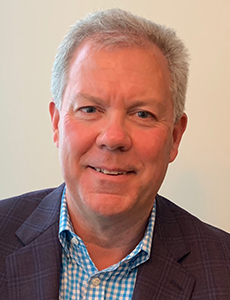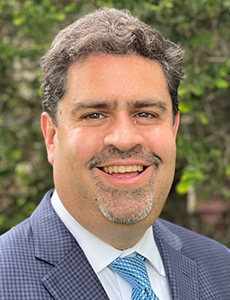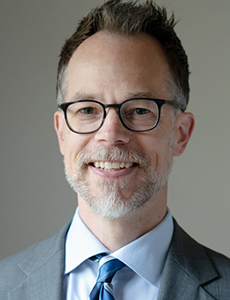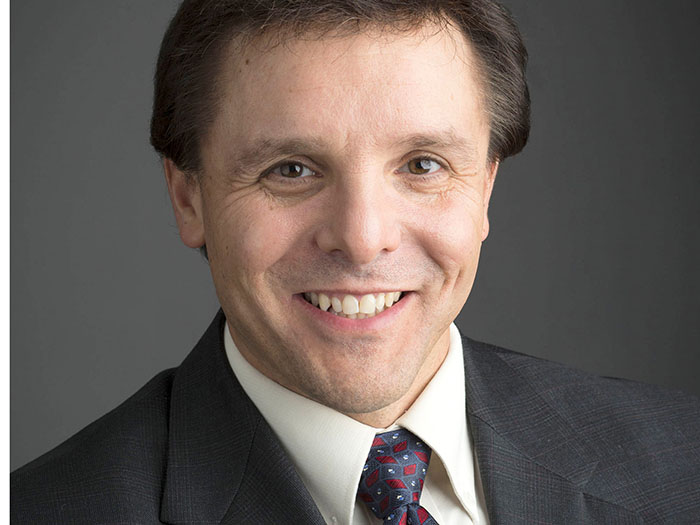Sponsored Content by Broadspire
As Demand Within Alternative Markets Increases, TPAs Serve an Important Role

In recent years, programs, captives and other alternative risk transfer solutions have been having a bit of a moment. As markets harden, insureds are looking for innovative solutions to help financially manage their exposures.
The space has become so active, it’s growing faster than the traditional property and casualty market “I think you could make the argument that the program space is about as active a space in the property casualty industry as you can find,” said Ken Hawkins, director, business development, alternative markets and programs at Broadspire.
“We’ve actually seen increased capacity in the space in terms of markets that are wanting to provide funding to build products.”
Over the past few years, Hawkins says he’s seen the programs market grow to between $65 billion and $70 billion in written premiums from a combination of carriers, managing general agents, managing general underwriters and risk retention groups.
Captives, too, are becoming more popular, especially for lines like property, cyber and medical malpractice where it has become difficult to place coverage in traditional markets. “When coverage gets to the point where it’s hard to get, people start moving towards captives,” Hawkins said.
As demand for programs, captives and alternative risk transfer solutions grows, so too has the need for third-party administrative (TPA) services that help support claims and improve financial performance using data analytics.
“With more people coming into the space, and more people writing business in the space, that means there’s more claims to be handled, which creates more opportunity for firms like us,” Hawkins said.
A Customized Approach to Claims

Ken Hawkins, Director, Business Development, Alternative Markets and Programs, Broadspire
One thing captives and programs often need is a TPA that can take a customized approach to claims. Programs in particular can come from a variety of industries, and they may need a claims approach tailored to fit their particular needs.
“There are programs out there for almost any class of business you can think of. It runs the gamut from auto dealers, to cannabis, to warehousing, to transportation,” Hawkins said. “When you’re in the program space, I think whatever type of provider you are, claims included, you’ve got to be flexible.”
Broadspire has built core programs and captives business targeted toward construction, transportation, hospitality, retail, manufacturing and health care, but they see opportunities to work with a variety of industries located both domestically and beyond. Their adjusters are frequently audited and given incentives for performing well, giving clients confidence that their claims will be properly managed.
“We’re able to manage the claims, not only domestically but also at a global scale,” added Manny Quintana, Director, Business Development – Data Science, Data Management, Technology Practice at Broadspire.

Manny Quintana, Director, Business Development – Data Science, Data Management, Technology Practice, Broadspire
“At Broadspire, our adjusters are audited every single month. The audits are conducted in 2 parts, quantitative and qualitative. The first part ensures the adjusters are hitting all the right boxes. For the second part, auditors from our parent company review the files to ensure quality. For instance, notes must be well documented and actual contact is made with the claimant and not just leaving a voicemail,” he explained.
Broadspire’s deep expertise in programs, captives and alternative risk markets allows them to help their clients use data insights to plan and grow their programs.
“The key component for your ability to actually successfully build, implement, and manage and then grow a program over time, is to have a very good handle on the marketplace,” Hawkins said.
“From a program administrator perspective, I don’t care what kind of concept you have, I don’t care what type of underwriting team you have, I don’t care what slick marketing distribution plan you have, if you can’t back it up with data and convince a provider that it’s worth their time, and more importantly, you can make them a profit, it doesn’t matter what you have.”
How Data Analytics Can Support Programs and Captives

Joel Raedeke, Chief Technology and Data Science Officer, Broadspire
Deep claims expertise allows TPAs to use data analytics to detect patterns and understand what types of factors help produce successful claims outcomes. For programs and captives, understanding loss history is key to properly understanding risk and managing the program.
When a MGA or MGU considers whether they want to set up a captive or program for a particular industry, they’ll often want to look at historical data to see how the loss performs.
That way, they can understand claims performance and compare it to industry benchmarks and their previous performance data. TPAs like Broadspire, are a ripe source for this data, especially when they utilize strong machine learning systems to analyze it.
“We’re trying to get a 360-degree view of not just the claim but also the entire program,” Quintana said. “We have just on the casualty side alone over 11 million claims to look at to find patterns and find correlations,” added Joel Raedeke, chief technology and data science officer at Broadspire.
When the system looks at a claim, it records both conventional and unconventional variables. Conventional variables are factors that an insured would typically consider when looking at a claim. In a workers’ compensation claim, for instance, Raedeke says that conventional variables include things like what jurisdiction the claim occurred within, what body part was injured and what the NCCI class code is.
Unconventional variables are factors that aren’t a part of every claim, but may be a part of some claims. Returning to the workers’ compensation example, biopsychosocial factors like a workers’ mood or their relationship with their manager are unconventional variables.
By analyzing the variables that can influence a claim, the data science team can detect patterns that might indicate when a claim could develop long-term problems. Once TPAs employ data science systems to garner deeper claims insights, they can start developing solutions to help reduce the costs.
“Those are variables that most claims organizations might kind of get some glimpses into over the life of the claim. We’re capturing that day one,” Raedeke said.
Choosing the Right TPA for Programs and Captives
Broadspire strives to be the TPA of choice for captives, programs and other alternative risk transfer programs. Their deep claims expertise and robust data science and analytics team helps companies with captives and programs manage costs and grow their solution over the long term.
“Carriers have become very much more selective in who they bring on as a program administrator,” Hawkins said. “From a program administrator perspective, the better quality data you have, the deeper picture you have of how your book performs.”
Their claims expertise is supported by a data analytics program that allows clients to aggregate data, measure performance and receive detailed loss analysis.
“We’re able to help organizations have a much wider set of visibility into their claims,” Raedeke said. “We’ve got some strategic capabilities that others might not have as we try to partner with somebody who’s trying to assess risk as something that they might want to purchase or take on in some fashion.”
To learn more, visit: https://www.choosebroadspire.com/.
This article was produced by the R&I Brand Studio, a unit of the advertising department of Risk & Insurance, in collaboration with Broadspire, A Crawford Company. The editorial staff of Risk & Insurance had no role in its preparation.










